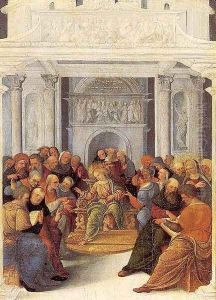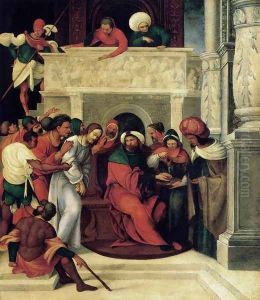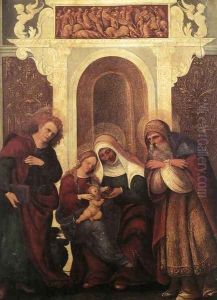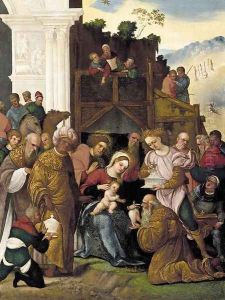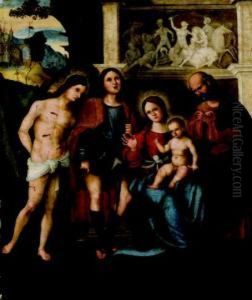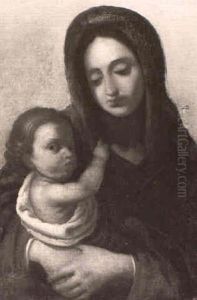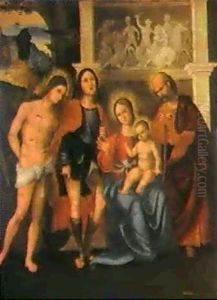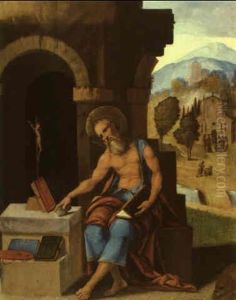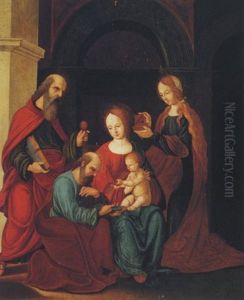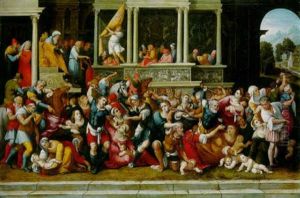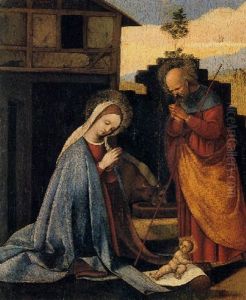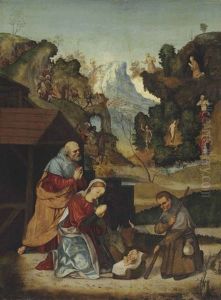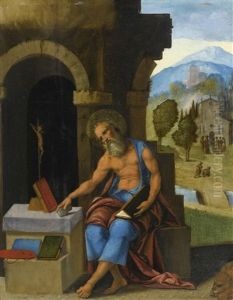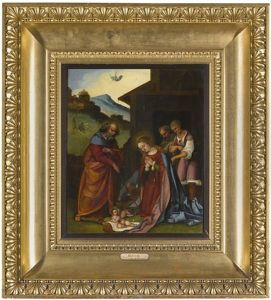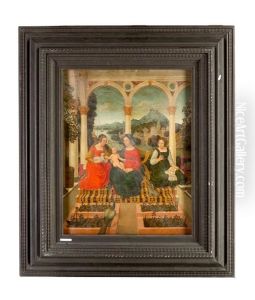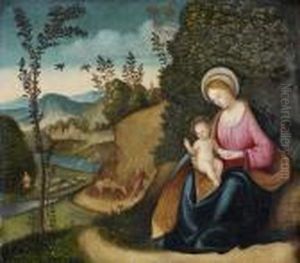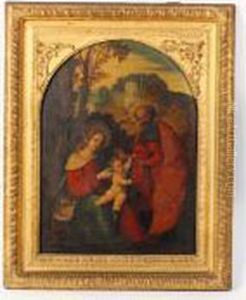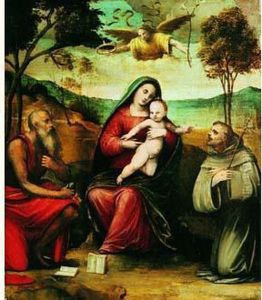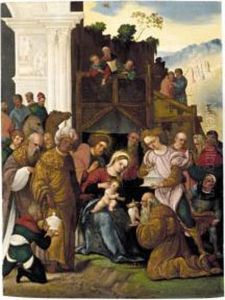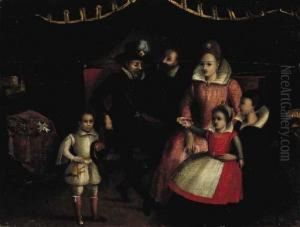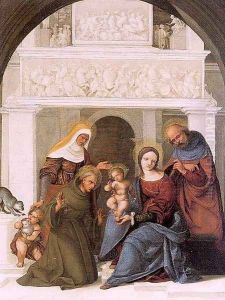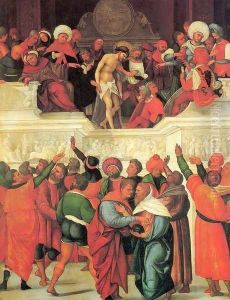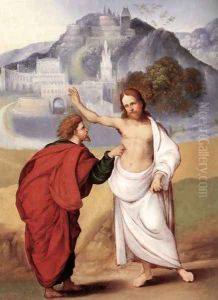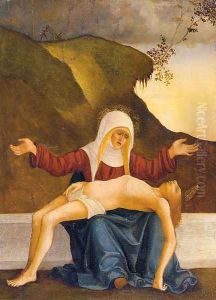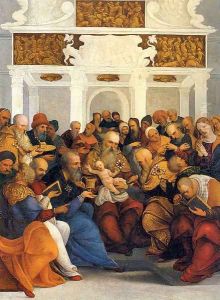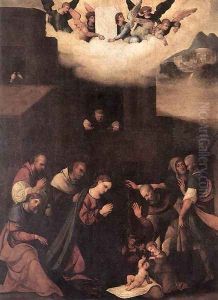Ludovico Mazzolino Paintings
Ludovico Mazzolino was an Italian painter born in Ferrara, Italy, in 1480. He was a significant figure in the Italian High Renaissance, known for his detailed and vibrant religious paintings and his use of intense colors. Mazzolino was a contemporary of other Renaissance masters like Titian and Raphael, but he carved his own niche with his distinctive style and thematic focus. Mazzolino trained under Lorenzo Costa in Ferrara, a city that was a vibrant center for the arts during the Renaissance. His work was influenced by the Ferrarese school of painting, characterized by its elaborate ornamentation and the use of bright, rich colors. Mazzolino's paintings often featured complex religious scenes, filled with numerous figures and an attention to detail that made his works stand out for their depth and vibrancy. Throughout his career, Mazzolino developed a style that was uniquely his, blending elements of the High Renaissance with Northern European influences, particularly in his use of light and shadow. This blend gave his paintings a distinctive look, combining the idealized beauty of the Renaissance with a more naturalistic approach to depicting figures and scenes. Despite his talent and the quality of his work, Ludovico Mazzolino is not as well-remembered as some of his contemporaries. However, his contributions to the Renaissance movement, especially in the realm of religious painting, have been appreciated by art historians and collectors. His works can be found in several major museums and collections around the world, showcasing his skill in using color and composition to create deeply expressive and spiritually rich paintings. Mazzolino's death is somewhat uncertain, but it is believed he died around 1528. His legacy lives on through his vibrant and detailed paintings, which continue to be studied and admired for their technical skill and emotional depth.
